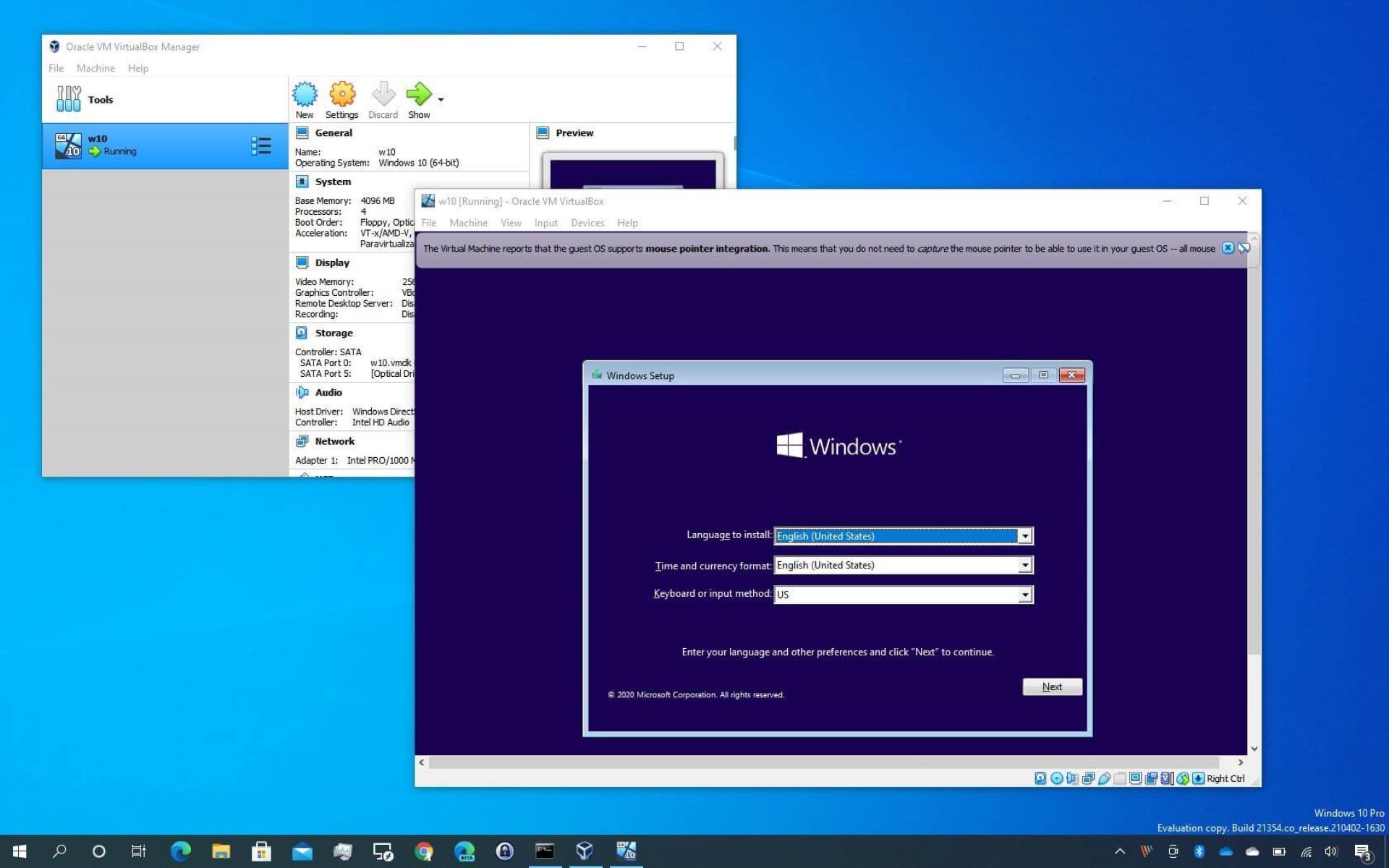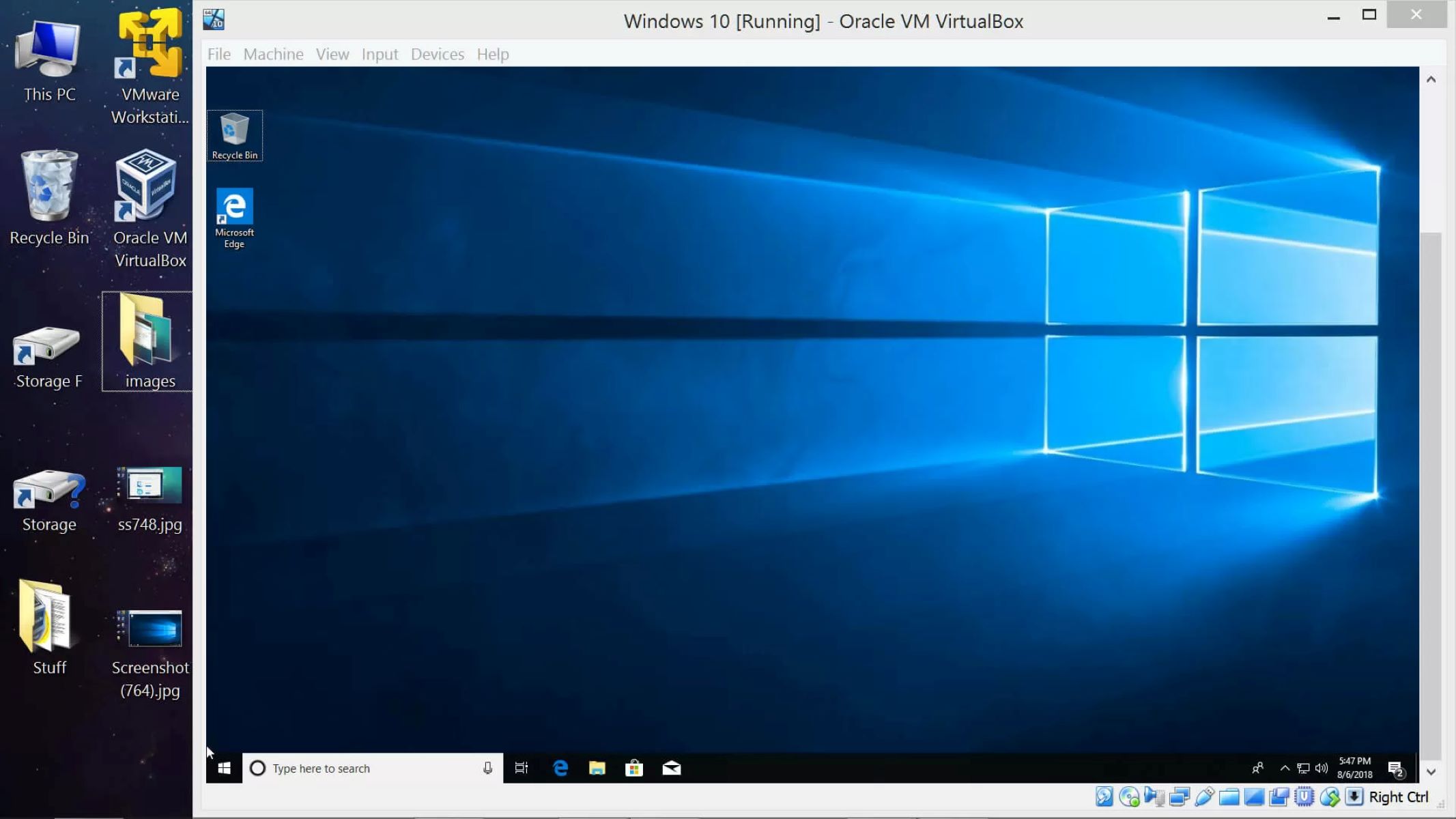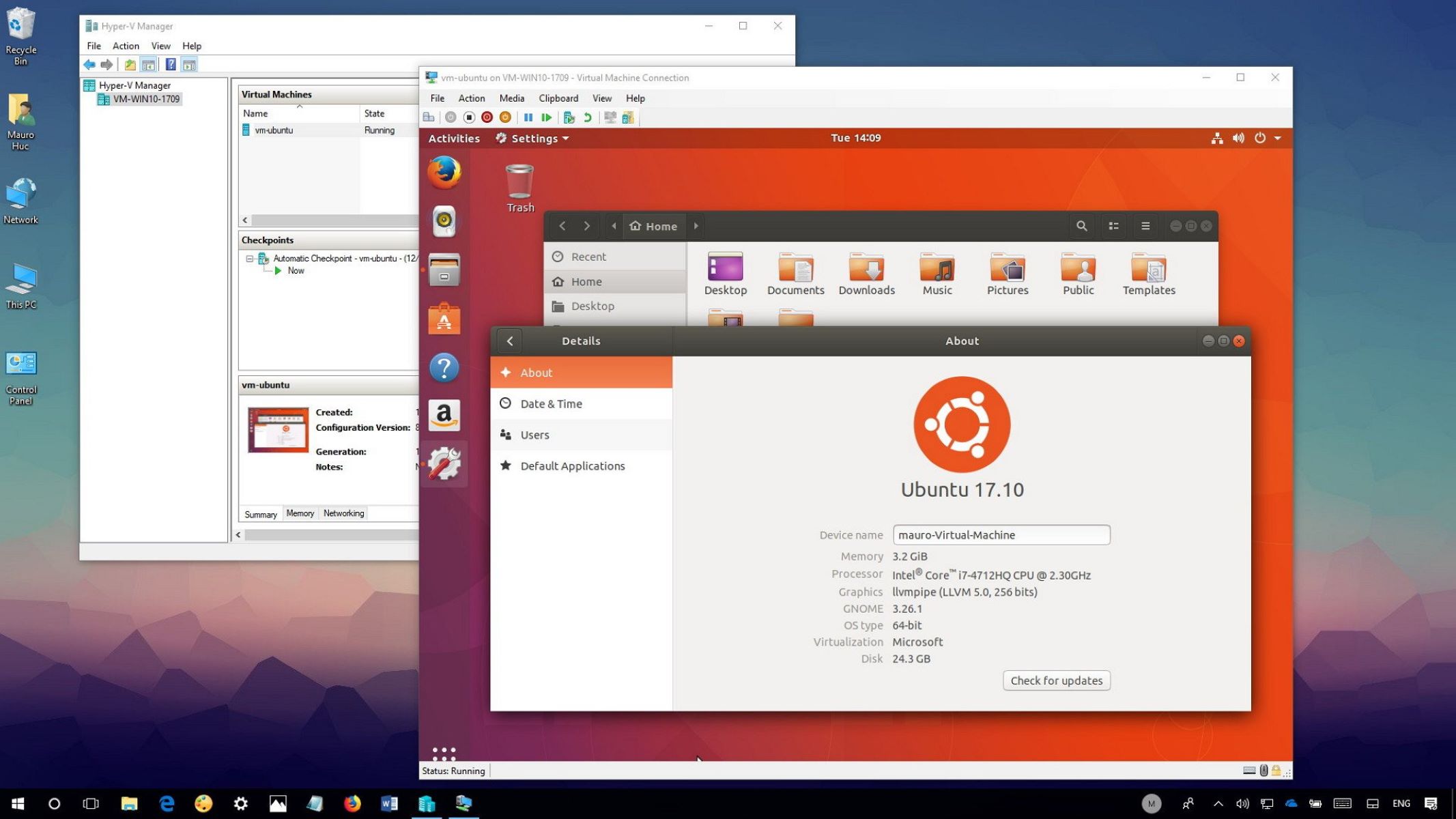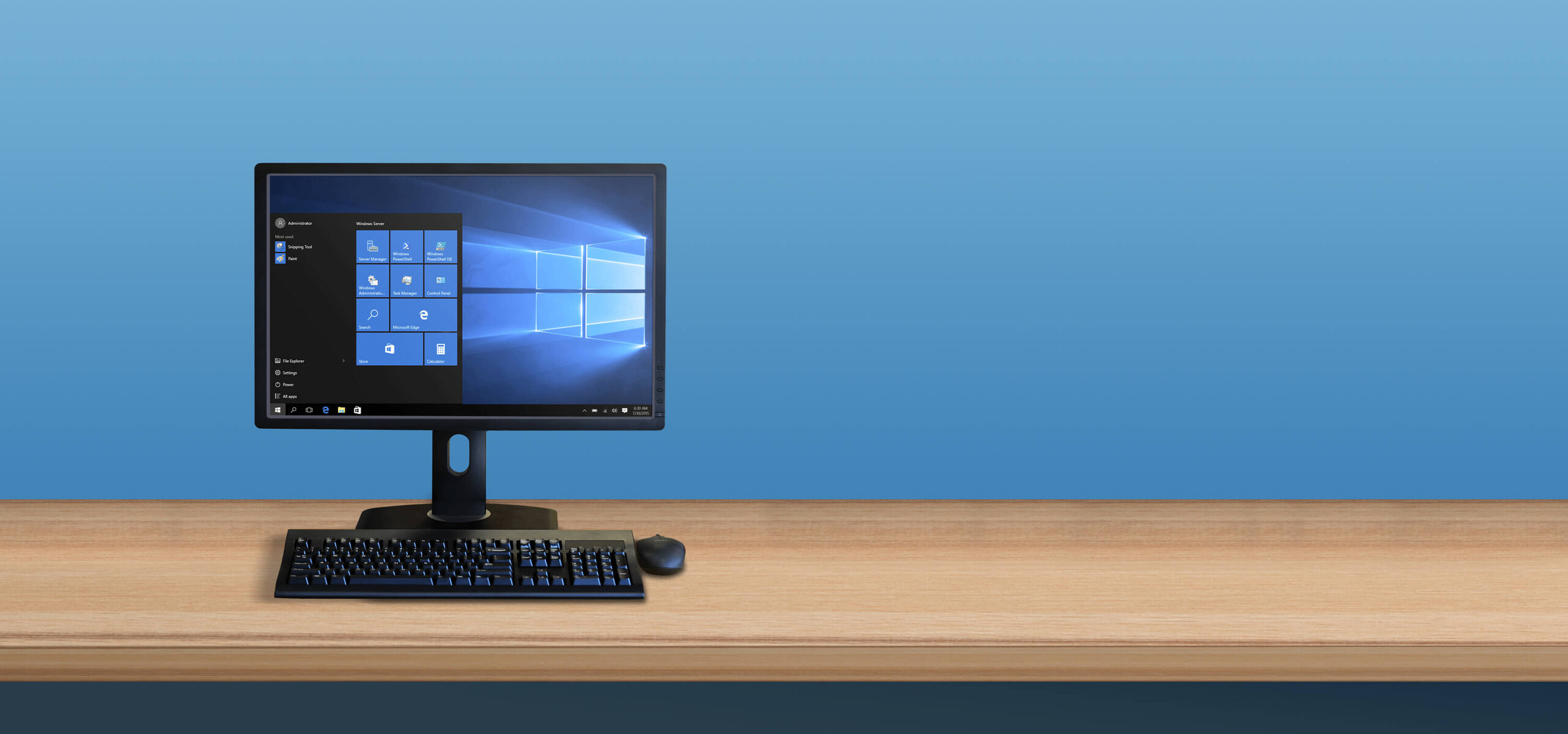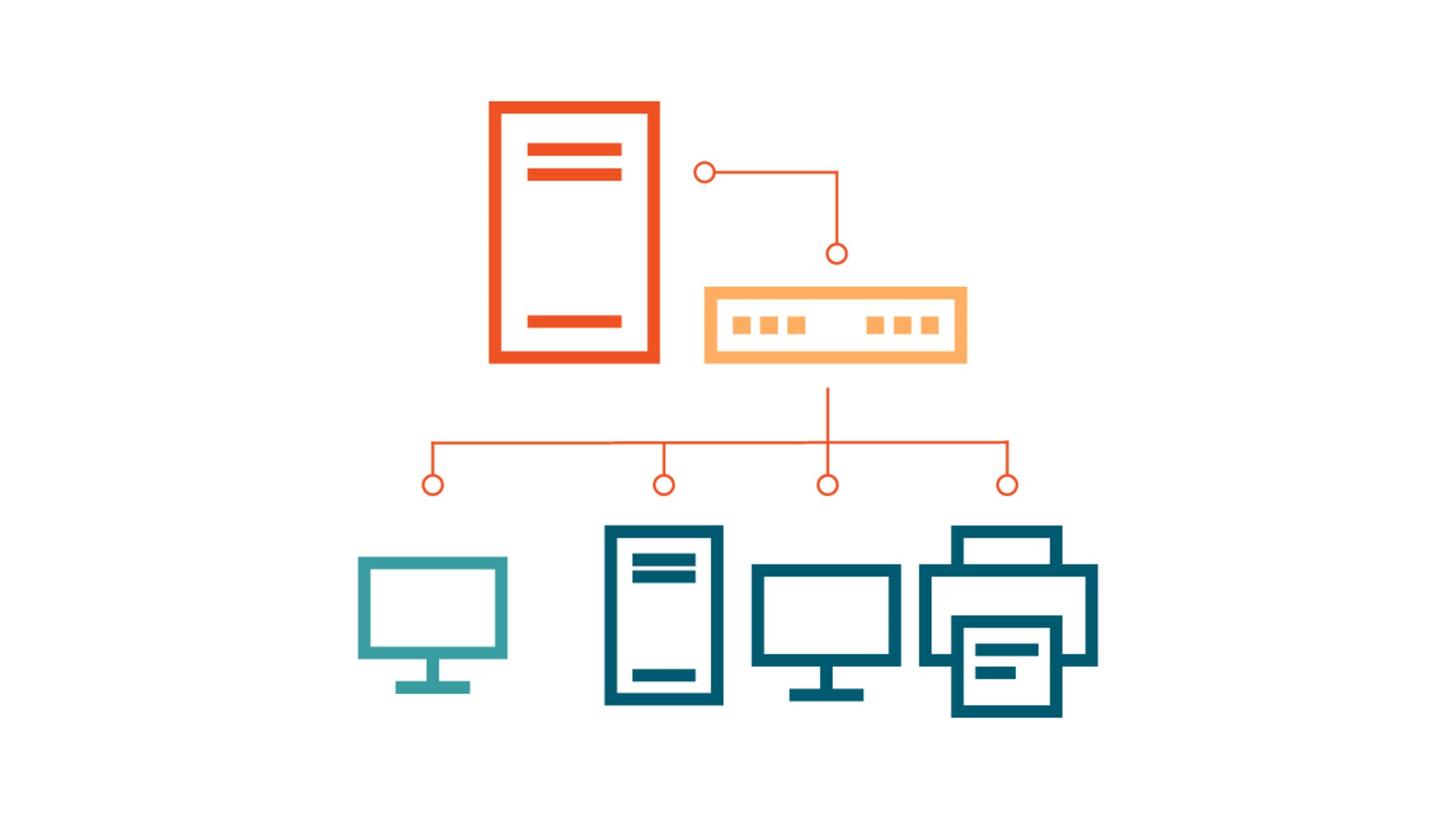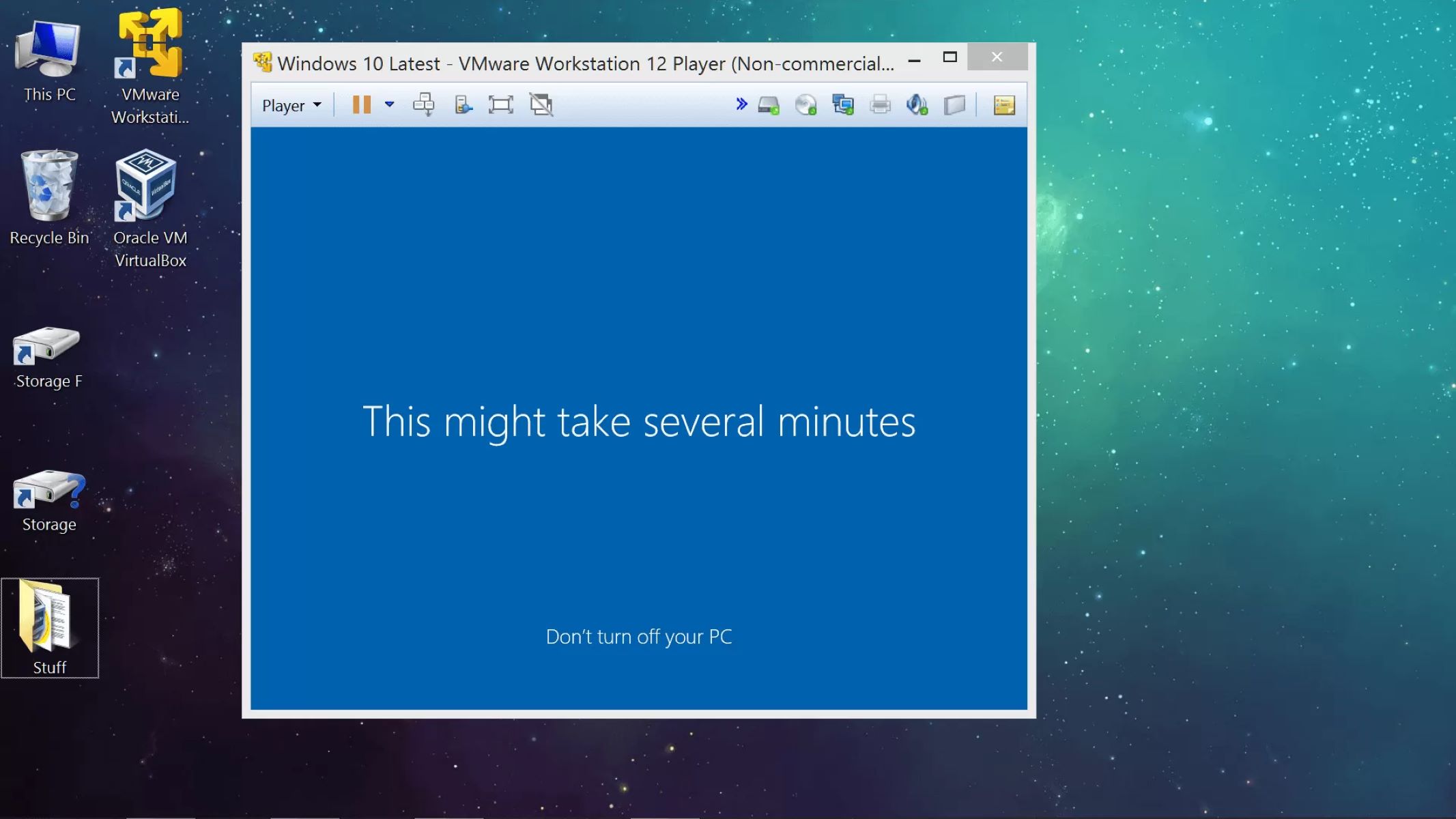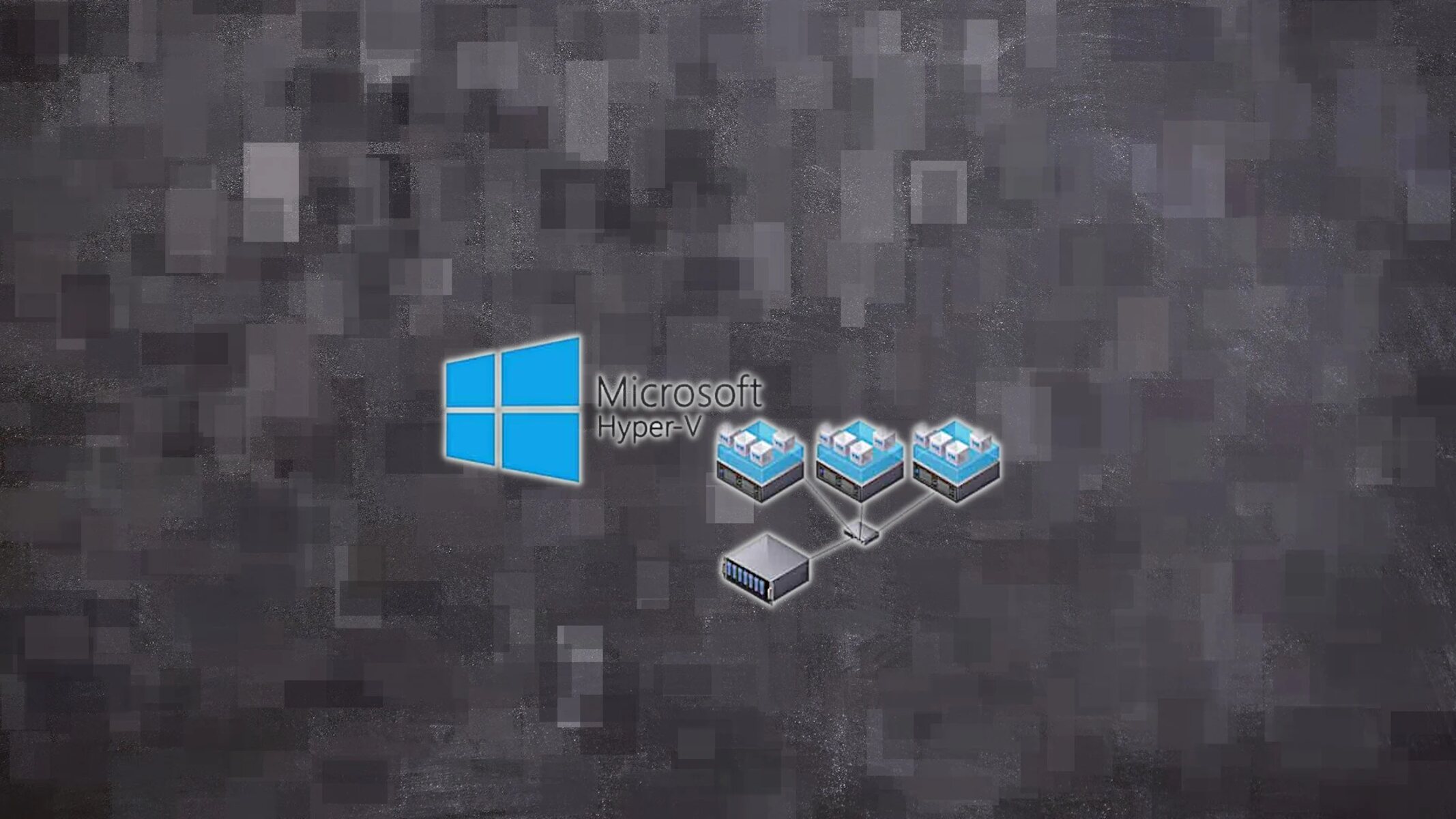Prerequisites
To connect to a virtual machine on Windows 10, there are a few prerequisites that you need to meet:
- Windows 10 Pro or Enterprise: You need to have either Windows 10 Pro or Enterprise edition installed on your computer. The Home edition does not have the required features to connect to a virtual machine.
- Virtual Machine: You should have a virtual machine set up and running on your Windows 10 computer. There are various virtualization software available, such as Hyper-V, VirtualBox, or VMware, that you can use to create and manage virtual machines. Make sure you have a virtual machine configured with the necessary settings, including networking and remote access.
- Network Connection: Ensure that your computer and the virtual machine are connected to the same network. This can either be a physical network or a virtual network if you are using virtualization software.
- Network Port: Check if the necessary network port is open and not blocked by any firewall or security settings. In most cases, Remote Desktop Protocol (RDP) uses port 3389 for communication. If you are using a different remote desktop solution or virtualization software, refer to its documentation for the specific port requirements.
- Remote Access Enabled: Verify that remote access is enabled on the virtual machine. Depending on the virtualization software, you may need to configure the virtual machine settings to allow remote connections. This can usually be done through the management interface of the virtualization software.
- Administrator Access: Ensure that you have administrative access to both your Windows 10 computer and the virtual machine. This is necessary to establish a remote connection and perform administrative tasks on the virtual machine.
By meeting these prerequisites, you will be ready to connect to a virtual machine on Windows 10 using various methods. In the following sections, we will explore different methods to establish a remote connection to your virtual machine.
Method 1: Using Remote Desktop Connection
One of the most common and widely supported methods to connect to a virtual machine on Windows 10 is by using the built-in Remote Desktop Connection (RDC) feature. Here’s how you can connect using this method:
- Ensure that the virtual machine is configured to allow remote connections. The steps to enable remote desktop access may differ depending on the virtualization software you are using. Generally, you will need to access the virtual machine’s settings or options menu and enable remote desktop or RDP access.
- On your Windows 10 computer, press the Windows key and search for “Remote Desktop Connection”. Click on the Remote Desktop Connection app to open it.
- In the Remote Desktop Connection window, enter the IP address or computer name of the virtual machine you want to connect to. If you are unsure of the IP address or computer name, check the documentation or settings of your virtualization software.
- Click on the Connect button to initiate the connection. You may be prompted to enter your username and password for the virtual machine. Make sure to provide the correct credentials with administrative access to establish the connection.
- If the connection is successful, you will now have remote access to the virtual machine. You can interact with the virtual machine’s desktop, run applications, and perform administrative tasks, just as if you were physically present.
This method offers a straightforward and familiar way to connect to a virtual machine on Windows 10. It provides a seamless remote desktop experience and allows you to work on the virtual machine effortlessly.
Keep in mind that the availability and functionality of the Remote Desktop Connection feature may vary depending on the edition of Windows 10 you are using. For example, in Windows 10 Home edition, you can only establish remote desktop connections as a client, but not as a host.
Method 2: Using Hyper-V Virtual Machine Connection
If you have set up your virtual machine using Hyper-V, a native virtualization feature in Windows 10, you can connect to it using the Hyper-V Virtual Machine Connection tool. Here’s how you can establish a connection using this method:
- Open the Hyper-V Manager on your Windows 10 computer. You can do this by pressing the Windows key and searching for “Hyper-V Manager”. Click on the Hyper-V Manager app to launch it.
- In the Hyper-V Manager, locate the virtual machine you want to connect to in the Virtual Machines pane. Right-click on the virtual machine and select Connect.
- The Hyper-V Virtual Machine Connection window will open and display the virtual machine’s desktop. You can now interact with the virtual machine as if you were using a physical computer. Use your keyboard and mouse to perform actions within the virtual machine.
- To disconnect from the virtual machine, simply close the Hyper-V Virtual Machine Connection window. The virtual machine will continue running in the background.
The Hyper-V Virtual Machine Connection tool provides a dedicated interface for managing and interacting with virtual machines created through Hyper-V. It offers advanced features, such as clipboard sharing and enhanced video resolution, to optimize the remote desktop experience within the virtual machine.
It’s important to note that in order to use Hyper-V and the Hyper-V Virtual Machine Connection tool, your Windows 10 edition must be Pro, Enterprise, or Education. If you’re using the Home edition, you won’t be able to access these features without upgrading to a supported edition.
Method 3: Using Windows PowerShell
Windows PowerShell offers a command-line interface for managing and controlling various aspects of the Windows operating system, including virtual machines. You can use Windows PowerShell to connect to a virtual machine on Windows 10 by following these steps:
- Launch the Windows PowerShell application on your Windows 10 computer. You can do this by pressing the Windows key and searching for “PowerShell”. Click on the Windows PowerShell app to open it.
- Use the
Get-VMcommand to retrieve a list of virtual machines on your computer. This will display the names of the virtual machines along with their status. - Identify the name of the virtual machine you want to connect to.
- Use the
Connect-VMcommand, followed by the name of the virtual machine, to establish a connection. For example, if the name of the virtual machine is “MyVirtualMachine”, you would enterConnect-VM -Name MyVirtualMachine. - A connection will be established to the virtual machine, and you will be able to interact with it through the command-line interface. You can run commands and perform administrative tasks within the virtual machine.
- To disconnect from the virtual machine, use the
Disconnect-VMcommand, followed by the name of the virtual machine. For example,Disconnect-VM -Name MyVirtualMachine.
Using Windows PowerShell to connect to a virtual machine offers flexibility and automation capabilities, allowing you to manage virtual machines efficiently in a scripting environment. This method is particularly useful for system administrators and power users familiar with PowerShell commands.
Make sure you have administrative privileges and the necessary permissions to execute PowerShell commands on your Windows 10 computer and the virtual machine you want to connect to.
Method 4: Using Virtual Machine Manager (VMM)
If you are using a Virtual Machine Manager (VMM) software, such as Microsoft System Center Virtual Machine Manager (SCVMM), you can leverage its management interface to connect to a virtual machine on Windows 10. Here’s how you can establish a connection using this method:
- Launch the Virtual Machine Manager application on your Windows 10 computer. The specific steps to open the VMM interface may vary depending on the software you are using.
- Navigate to the virtual machine inventory or list of virtual machines within the VMM interface.
- Locate the virtual machine you want to connect to and select it.
- Depending on the VMM software, there might be a Connect or Remote Control button available. Click on it to initiate the connection to the virtual machine.
- The VMM software will establish a remote connection to the virtual machine, and a separate window or tab will open displaying the virtual machine’s desktop.
- You can now interact with the virtual machine through the VMM interface. You may be able to perform actions such as powering on/off the virtual machine, view and interact with the virtual machine’s desktop, and manage its settings.
- To disconnect from the virtual machine, close the remote desktop window or tab within the VMM interface.
Using a dedicated Virtual Machine Manager (VMM) software provides advanced management capabilities for virtual machines, including centralized administration, monitoring, and automation. It offers a comprehensive solution for managing and connecting to virtual machines, making it suitable for larger environments or organizations with complex virtualization needs.
Ensure that you have appropriate access rights and credentials to utilize the VMM software and establish connections to virtual machines.
Conclusion
Connecting to a virtual machine on Windows 10 allows you to efficiently manage and utilize your virtualized environments. We explored four different methods to establish a connection to a virtual machine: using Remote Desktop Connection, Hyper-V Virtual Machine Connection, Windows PowerShell, and Virtual Machine Manager (VMM).
With Remote Desktop Connection, you can easily connect to a virtual machine using the built-in Windows feature. It provides a user-friendly interface and a seamless remote desktop experience.
If you have set up your virtual machine using Hyper-V, the Hyper-V Virtual Machine Connection tool offers advanced features for managing your virtual machines, such as clipboard sharing and enhanced video resolution.
Windows PowerShell provides a command-line interface for connecting to virtual machines, making it a flexible solution for power users and system administrators who prefer script-based management.
For organizations with larger virtualization environments, Virtual Machine Manager (VMM) software offers a comprehensive solution for managing and connecting to virtual machines, providing centralized administration and automation capabilities.
Remember to ensure that the prerequisites are met and the necessary configurations, such as remote access and network connectivity, are in place before attempting to connect to a virtual machine. Additionally, make sure you have the appropriate permissions and credentials to establish connections to virtual machines.
By understanding and utilizing these connectivity methods, you can efficiently access and manage your virtual machines on Windows 10, optimizing your virtualization experience for various use cases and requirements.







